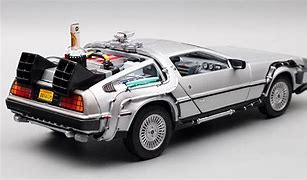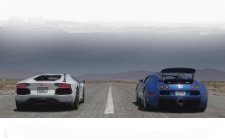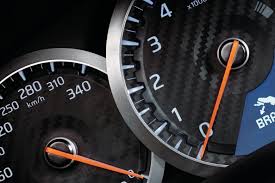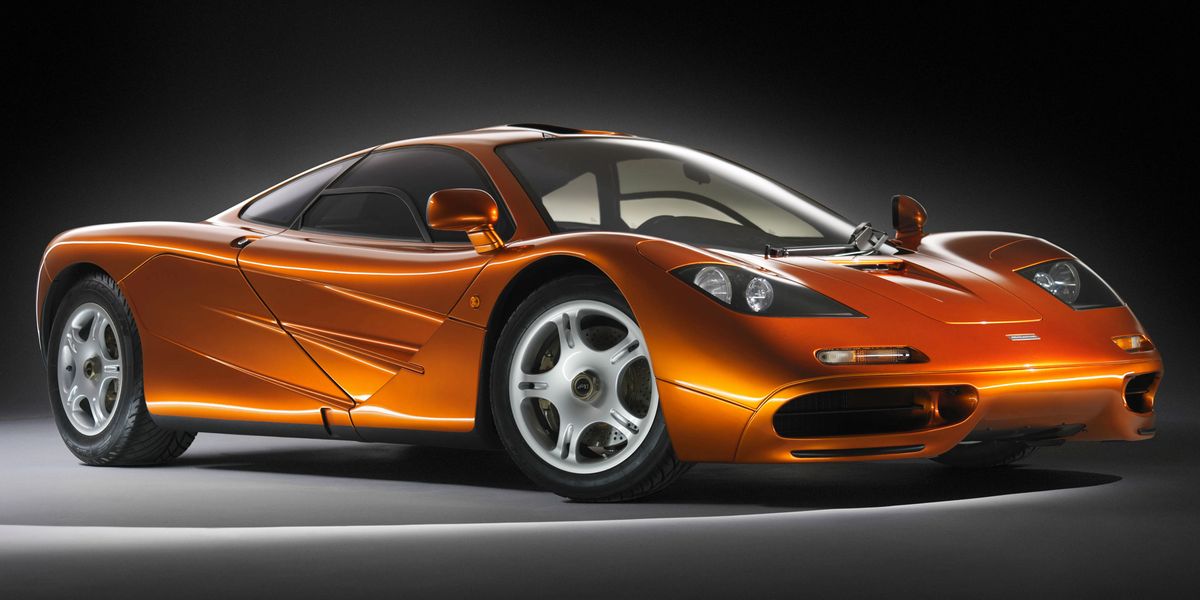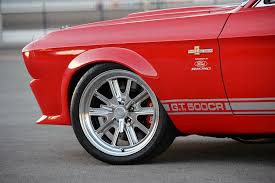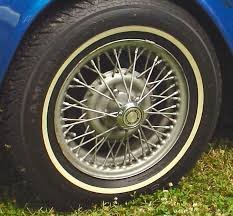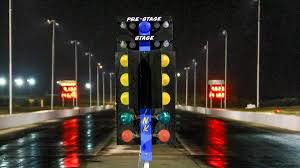A brief history of
Talbot
Introduction
The car manufacturer Talbot has made an important impact on the automotive world. In this article we will give a brief but detailed history of the Talbot marque.
We will look at the origins of Talbot looking at who, why, where and when Talbot was founded. We'll look at the design of the iconic Talbot logo and what are some the more significant Talbot models.
We'll take a glance at what racing history the Talbot has and who some of the most important people have been in the history of Talbot over the years.
Who, where, when and why was
Talbot founded?
Talbot, a renowned car manufacturer, was founded by Alexandre Darracq in 1903. The company's origins can be traced back to Suresnes, a suburb of Paris, France. Darracq, a successful businessman, had a vision of producing high-quality automobiles that combined elegance, performance, and innovation. He established the Talbot brand with the goal of offering luxurious vehicles to discerning customers.
The founding of Talbot came at a time when the automotive industry was experiencing rapid growth and technological advancements. Darracq recognized the potential of this emerging market and sought to capitalize on it by creating a brand that stood for excellence. Talbot quickly gained recognition for its exceptional craftsmanship, attention to detail, and cutting-edge engineering.
One of the driving forces behind the establishment of Talbot was Darracq's desire to compete in motorsports. He understood the promotional value of racing and believed that success on the track would translate into increased sales and brand reputation. Talbot cars were designed and built with a racing pedigree, featuring powerful engines, aerodynamic bodies, and advanced suspension systems.
The company's racing ambitions were soon realized, as Talbot cars achieved numerous victories in prestigious events such as the French Grand Prix and the Monte Carlo Rally. These triumphs solidified Talbot's reputation as a formidable competitor in the world of motorsports.
In addition to racing success, Talbot's commitment to innovation and engineering excellence was evident in its road cars. The company introduced innovative features such as four-wheel brakes and advanced suspension systems, setting new standards in automotive technology.
As the years passed, Talbot underwent various changes in ownership and direction. The brand merged with Sunbeam in the 1920s to form Sunbeam-Talbot, and later became part of the Rootes Group. Under different ownership, Talbot continued to produce vehicles that combined elegance and performance, upholding its legacy of excellence.
Despite facing challenges and changes over the years, Talbot's legacy endures. The brand's founding principles of quality, innovation, and a passion for racing have left an indelible mark on the automotive industry. Talbot's heritage is celebrated by enthusiasts and collectors who recognize the brand's significant contributions to the world of automobiles.
How did the
Talbot logo originate?

How did the Talbot logo originate?
The history of the Talbot logo is closely tied to the evolution of the brand itself. Over the years, the Talbot logo has undergone several changes, reflecting the brand's identity and the era in which it operated.
Originally, the Talbot logo featured a stylized letter "T" encased within a circular emblem. This emblem symbolized elegance and sophistication, reflecting the brand's commitment to producing luxurious vehicles. The design was simple yet distinctive, capturing the essence of Talbot's refined image.
As Talbot underwent various ownership changes and mergers, the logo evolved to incorporate elements from its parent companies. For example, when Talbot merged with Sunbeam in the 1920s to form Sunbeam-Talbot, the logo incorporated elements from both brands. It featured a combination of the Talbot emblem and the iconic Sunbeam logo, creating a unique fusion of identities.
In subsequent years, as Talbot became part of the Rootes Group, the logo was further modified to align with the corporate branding. The circular emblem was replaced with a shield-like design, featuring the Rootes Group name and logo alongside the Talbot name. This change represented the integration of Talbot into a larger automotive conglomerate.
Throughout its history, the Talbot logo has evolved to reflect the brand's changing identity and corporate associations. Each iteration of the logo represents a distinct era in Talbot's history, capturing the spirit and values of the time. The logo serves as a visual representation of the brand's heritage and its evolution within the automotive industry.
What are some of the significant
Talbot models?
Talbot has a rich history of producing remarkable vehicles, with several models standing out for their exceptional performance and engineering prowess. From the early years to its later ventures, Talbot has left its mark in the automotive world with a range of high-performance cars.
One of Talbot's notable models from the early years is the Talbot Type 105, introduced in the 1930s. This car featured a powerful inline-six engine and advanced suspension system, making it a formidable competitor on the racing circuit. Its aerodynamic design and superior handling contributed to its success in various motorsport events, including the Monte Carlo Rally. The Talbot Type 105 showcased the brand's commitment to performance and set the stage for future high-performance models.
In the post-war era, Talbot introduced the Talbot-Lago Grand Sport, a stunning sports car that quickly gained a reputation for its speed and elegance. Powered by a robust V12 engine, the Talbot-Lago Grand Sport was capable of reaching impressive speeds and became a popular choice among racing enthusiasts. It achieved notable success at prestigious races like the 24 Hours of Le Mans and the Targa Florio, solidifying Talbot's presence in the racing world.
As the brand transitioned into the 1950s and 1960s, the Talbot badge was associated with the Sunbeam-Talbot and the Sunbeam-Talbot Alpine models. These compact and agile sports cars featured innovative designs and powerful engines, making them popular choices for motorsport enthusiasts. The Sunbeam-Talbot Alpine achieved notable success in rallying, with victories at the Alpine Rally and the Monte Carlo Rally, further establishing Talbot's reputation for performance and durability.
In the 1980s, Talbot introduced the Talbot Sunbeam Lotus, a collaboration with the renowned performance car manufacturer Lotus. This model was specifically developed for rallying and became a dominant force in the motorsport scene. Powered by a turbocharged engine and featuring advanced suspension and aerodynamics, the Talbot Sunbeam Lotus secured multiple victories, including the World Rally Championship title in 1981. Its success showcased Talbot's commitment to performance and cemented its status as a force to be reckoned with in motorsport.
Throughout its history, Talbot has produced a range of high-performance models that have left an indelible mark in the automotive world. From the early Talbot Type 105 to the Talbot-Lago Grand Sport, the Sunbeam-Talbot Alpine, and the Talbot Sunbeam Lotus, each model represents a different era of performance excellence. Talbot's dedication to engineering innovation and motorsport success has solidified its reputation as a brand synonymous with high-performance vehicles.

One of Talbot's Most Iconic Models
Who are some of the most important people in
Talbot's History
Behind the success of Talbot, there have been several significant individuals who have played pivotal roles in shaping the brand and its legacy. These individuals, through their expertise, vision, and passion for automobiles, have contributed to Talbot's reputation as a manufacturer of exceptional cars.
One of the key figures in Talbot's history is Antony Lago, the French-Italian engineer and entrepreneur. Lago was instrumental in the development of the Talbot-Lago Grand Sport, a model that achieved notable success in motorsport. His engineering expertise and dedication to performance excellence propelled Talbot to new heights, establishing the brand as a serious contender in the racing world. Lago's passion for innovation and his commitment to pushing the boundaries of automotive engineering made him a driving force behind Talbot's success.
Another significant individual in Talbot's history is Tony Crook, who played a crucial role in the brand's motorsport endeavors during the 1950s. Crook, a British racing driver and entrepreneur, became involved with Talbot when he acquired the Bristol-based company in 1959. Under Crook's leadership, Talbot expanded its racing program, competing in various motorsport events and achieving remarkable results. His keen understanding of motorsport and his ability to foster a competitive racing team contributed to Talbot's success on the track.
In addition to Lago and Crook, there were several talented designers and engineers who made significant contributions to Talbot's success. One notable figure is Georges Roesch, a French engineer renowned for his expertise in developing powerful engines. Roesch's engines powered many of Talbot's successful racing cars, including the Talbot Type 105 and the Talbot-Lago Grand Sport. His technical brilliance and attention to detail were instrumental in creating high-performance vehicles that set new standards in the automotive industry.
Furthermore, Talbot's racing success would not have been possible without the skilled drivers who piloted the brand's cars to victory. Notable racing drivers such as Louis Chiron, Rene Dreyfus, and Yves Giraud-Cabantous showcased their exceptional talent and skill behind the wheel, bringing numerous victories to Talbot on the racetrack. Their dedication, courage, and racing prowess elevated Talbot's reputation and solidified the brand's position in the motorsport world.
The contributions of these individuals, from engineers and designers to entrepreneurs and drivers, have shaped the legacy of Talbot. Their combined efforts, expertise, and passion for automotive excellence have enabled the brand to establish a reputation for performance and success. Talbot's most significant people have left an indelible mark on the brand's history, ensuring that their achievements will be celebrated for generations to come.

One of the most influential people in the history of Talbot
Talbot's Racing History
Talbot has a rich and storied racing history, with the brand leaving an indelible mark on various racing circuits around the world. From the early days of motorsport to the pinnacle of Formula 1, Talbot cars have competed in a wide range of racing disciplines, showcasing their performance, reliability, and engineering excellence.
In the 1920s and 1930s, Talbot achieved notable success in endurance racing, particularly at the 24 Hours of Le Mans. The brand's cars demonstrated their endurance and performance capabilities, securing victories and podium finishes. Talbot's victories at Le Mans included wins in 1927, 1929, and 1930, further establishing the brand's reputation as a formidable contender in endurance racing.
Talbot's racing prowess continued in the post-war era, with the brand competing in various racing events and achieving success on both the national and international stage. One of the most memorable moments came in 1950 when a Talbot-Lago T26C won the Belgian Grand Prix, driven by the legendary Juan Manuel Fangio. This victory marked Talbot's foray into Formula 1 and showcased the brand's engineering capabilities and performance.
Talbot's participation in Formula 1 continued throughout the 1950s, with the brand fielding competitive cars and attracting renowned drivers. The team achieved several podium finishes, solidifying Talbot's presence in the world of motorsport's premier category. Notable drivers who raced for Talbot in Formula 1 include Louis Rosier, Eugene Chaboud, and Yves Giraud-Cabantous.
Aside from Formula 1, Talbot also participated in other racing disciplines, including sports car racing and rallying. The brand's cars competed in events like the Mille Miglia, the Targa Florio, and the Monte Carlo Rally, showcasing their versatility and adaptability across different terrains and conditions. Talbot's cars often stood out for their sleek design, powerful engines, and innovative engineering, making them formidable competitors on the track.
While Talbot's racing endeavors gradually diminished in the latter half of the 20th century, the brand's legacy in motorsport remains strong. Talbot cars and their racing achievements are celebrated by automotive enthusiasts and historians alike, serving as a testament to the brand's engineering excellence and racing pedigree.
Today, Talbot's racing history continues to inspire and influence the brand's modern-day offerings. The spirit of competition and the pursuit of performance excellence are ingrained in the DNA of Talbot cars, ensuring that the brand's racing legacy lives on in every vehicle bearing the iconic badge.
Summary
Talbot is a car manufacturer with a rich racing heritage, known for its exceptional performance and engineering excellence. The brand has competed in various racing disciplines, including endurance racing and Formula 1, leaving an indelible mark on the motorsport world.
From its victories at the 24 Hours of Le Mans in the 1920s and 1930s to its participation in Formula 1 in the post-war era, Talbot has showcased its endurance, speed, and technical prowess on the track. Notable achievements include victories at Le Mans and a win at the Belgian Grand Prix with legendary driver Juan Manuel Fangio behind the wheel.
Though Talbot's racing involvement diminished in later years, its racing legacy continues to inspire and influence the brand's modern-day offerings. The spirit of competition and the pursuit of performance excellence are still evident in every Talbot vehicle, ensuring that the brand's racing heritage remains an integral part of its identity.
View Talbot Car Specifications
More Manufacturer Histories.








